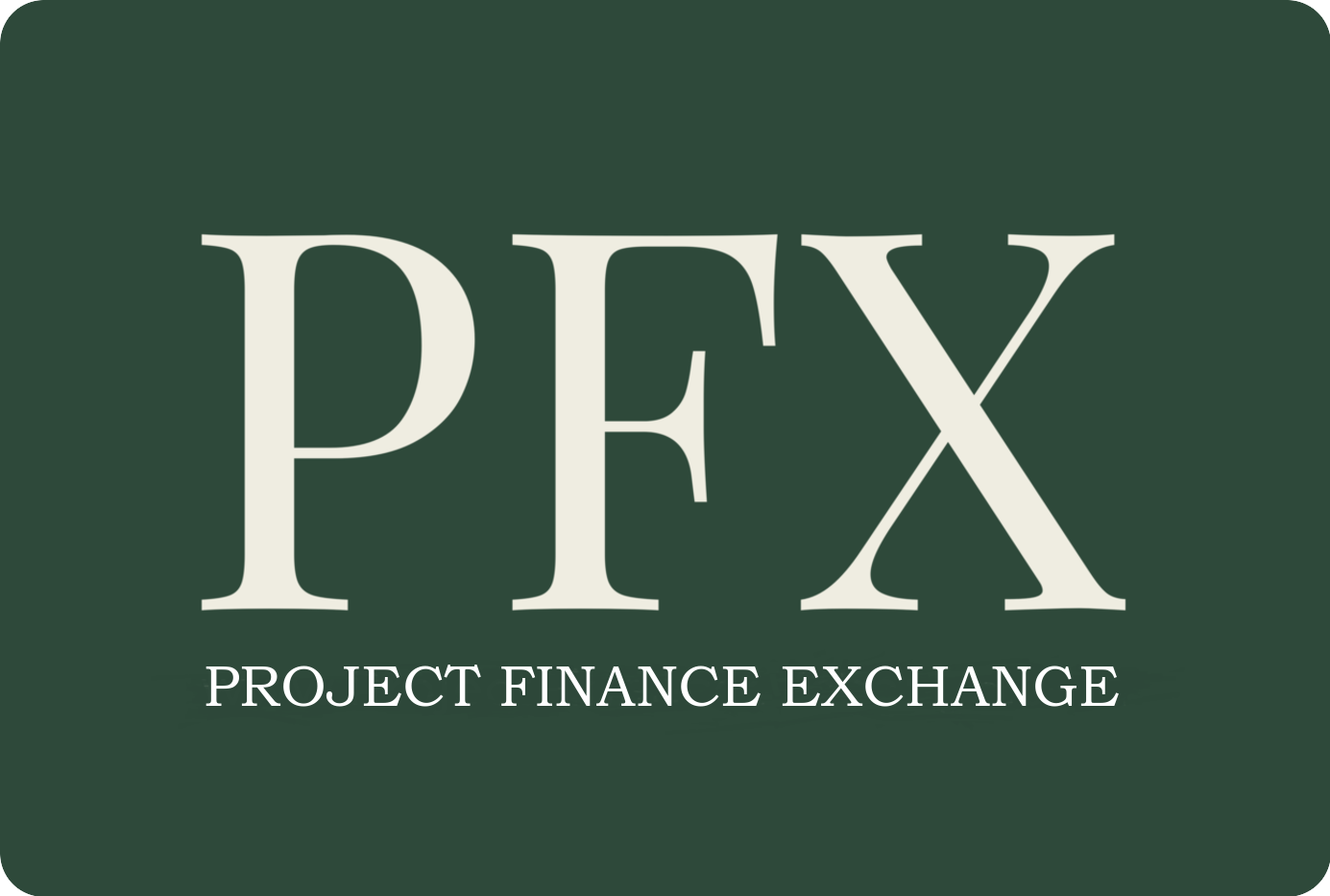This article, published in Private Debt Investor (PDI) in February 2021, is made available by PFX for those who do not subscribe to PDI.
The banner below will take you directly to the article in PDI.
For your convenience, you can also download a .pdf copy of this article.

PROJECT FINANCE: BUILDING RISK-MITIGATED LONG-TERM RETURNS FOR PRIVATE DEBT
By David G Rose
The historic outflow of capital from the traditional banking network into the private debt and equity markets, derided by polite fiscal society as the ‘shadow banking’ sector was, curiously, first exposed in the OECD’s 2006 Pensions Report. They were the first global authority of any description to acknowledge the most tectonic upheaval in 400 years of banking as we once knew it. Now, almost two decades later, ‘shadow banking’ clearly overshadows mainstream banking. Irony lives.

But the challenge for the entire sector has always been to identify opportunities, most often concealed in a sea of disjointed information, that can deliver the enhanced returns from alternative assets that investors demand. Now, with the roll-out of Covid vaccines and stability on the horizon, there is additional pull from increasingly buoyant equity markets with their built-in risk mitigation and liquidity.
From a wider perspective the sector is comprised of alternative investment funds, hedge funds, private capital/asset managers, family offices and the entire lexicon of private capital channels familiar to PDI subscribers. It is difficult to put a liquidity value on it all, but the Cap-Gemini World Wealth Report 2020 gives us a good start point with its global population of 19.6 million U/HNWI’s and total worth in 2019 of $74 trillion. But it was the Asset Allocation chart in the Report which is of most interest. We can set aside the 30.1% shown as going to equity as this will be for the mainstream markets.
To get an indication of what proportion of all this wealth goes to private debt and equity we need to look at the real estate (14.6%) and alternative investments (12.9%) allocations. Bringing up a total of 27.5% of $74tn of private capital equating to $20.35tn of ‘dry powder’ seeking out opportunities with returns expected to be superior to, yet just as ‘safe’, as those available with mainstream investments.
There is a well-established menu of financing ‘categories’ open to private debt. M&A, VC, Mezzanine et al, all have their own unique characteristics and risk v reward dynamics. But what separates project finance from all other categories is that, uniquely, the lending is never reliant on forecasts in a business plan or the balance sheet, assets or any other consideration of the borrower. It is predicated on the track-record and financial stability of whoever is contracted to buy the output from the built project. For renewables this is usually the regional or national grid which is ready to sign the Power Purchase Agreement (PPA). For healthcare, hotels and similar projects, contracts with proven operators are the basis for underwriting. For transport, infrastructure etc, a credible feasibility study is usually acceptable. The same track record and financial stability criteria applying to the contractors who are going to build it.
At any one time there are many thousands of projects seeking finance, all over the world. They range across $20million senior living thru $250million renewable energy to $500million hotel/resorts and $5billion+ transport, airport, roads and other infrastructure projects. With the growing deployment of A+ rated insurance wraps, the risk-mitigation can be regarded as virtually equivalent to mainstream fixed-income assets. The structure is usually private debt with an equity ‘kicker’ and repayments over five, 10, 20 or more years depending on deal value and tenor. This long-term, risk-mitigated structure makes project finance the natural home for private debt.
Genuine project finance leaves the principals be they individual, corporate or government free and clear of any financial liability. For private debt providers this ‘non-recourse’ financing demands in-depth due diligence, an acute understanding of the permits, permissions and other documentation requirements and dependable ‘third party’ support from lawyers, surveyors and others. No price can be put on an exceptionally close working relationship with underwriters, the best of which will provide complementary support at the due diligence level.
It is interesting to note that the first recorded project financing was in 1299 when an Italian merchant bank, the House of Frescobaldi, funded a silver mine in Devon, England with the loan repaid with the output from the mine. In itself, the very definition of ‘project finance’.
It has taken 722 years but project finance is now a nascent, maturing and potentially deeply liquid global capital market in its own right, witnessed by the opening of the Project Finance Exchange (PFX). This long-overdue initiative is transforming a deal origination landscape currently populated by thousands of disconnected, parochial financier and intermediary networks into a structured marketplace, where projects and financiers can connect and engage seamlessly. PFX also provides an online Project Financing course suitable for private debt providers, as opposed to banks and institutional financiers.
+ENDS+
Further market background information presenting fund numbers, aggregate liquidity and other information is contained in the PFX Media Backgrounder.


